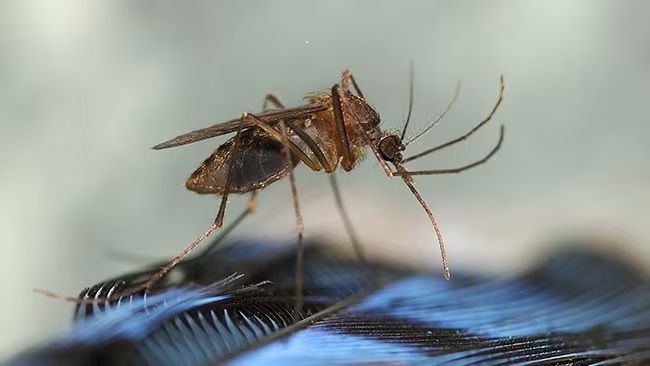
The Deadly 'Triple E' Virus: A Rising Threat in the Northeastern United States
The Eastern Equine Encephalitis Virus, commonly known as 'Triple E' or EEEV, is making headlines once again as it spreads through the northeastern United States. This rare but deadly mosquito-borne virus has already claimed its first victim of the year, raising alarms across several states.
Triple E is notorious for its severe impact on the central nervous system, causing inflammation or swelling of the brain. While the virus is most commonly found in birds residing in hardwood swamps, it can be transmitted to humans and horses through mosquito bites. Unfortunately, once infected, both humans and horses become "dead-end hosts," meaning they cannot pass the virus to others, which limits its spread but does nothing to diminish its severity.
The black-tailed mosquito, a common vector for Triple E, thrives in the eastern U.S., where the virus has been most prevalent. This year alone, five human cases have been confirmed across several states, including Massachusetts, New Hampshire, and New Jersey. The most tragic of these cases resulted in the death of a patient in New Hampshire, marking the state's first human case in a decade.
Also Read:- Parker McCollum's Athletic Reflexes Steal the Show After On-Stage Tumble
- The Shocking Return of a Beloved Character in Jujutsu Kaisen’s Final Arc
Symptoms of Triple E usually appear within four to ten days after infection and can range from fever, chills, and headaches to more severe manifestations like seizures, behavioral changes, and brain swelling. Given the virus's high mortality rate—around 30%—and the likelihood of long-term neurological damage in survivors, it's a significant public health concern.
The spread of EEEV is closely tied to the ecology of the regions it affects. The virus circulates primarily in birds, which are often asymptomatic carriers, and is then transmitted to humans and horses by mosquitoes that feed on both birds and mammals. The current mosquito season, extending from summer to autumn, is a particularly risky time for Triple E infections.
Unfortunately, there is no specific treatment or vaccine for EEEV in humans. Public health authorities emphasize prevention as the best defense. This includes using government-approved insect repellents, wearing protective clothing during peak mosquito hours, and avoiding outdoor activities at dusk and dawn when mosquitoes are most active. Additionally, authorities in affected states are implementing mosquito control programs, including aerial and truck-mounted spraying of insecticides, to curb the virus's spread.
The ongoing threat posed by Triple E is compounded by the broader implications of climate change, which is extending mosquito breeding seasons and potentially increasing the prevalence of such viruses. While the current cases may be part of the virus's natural cycle, experts warn that climate change could lead to larger populations of infected mosquitoes in the future.
As the northeastern U.S. grapples with this deadly virus, public health officials are urging residents to stay vigilant and take precautions to protect themselves and their communities from the potentially fatal consequences of Triple E.
Read More:

0 Comments